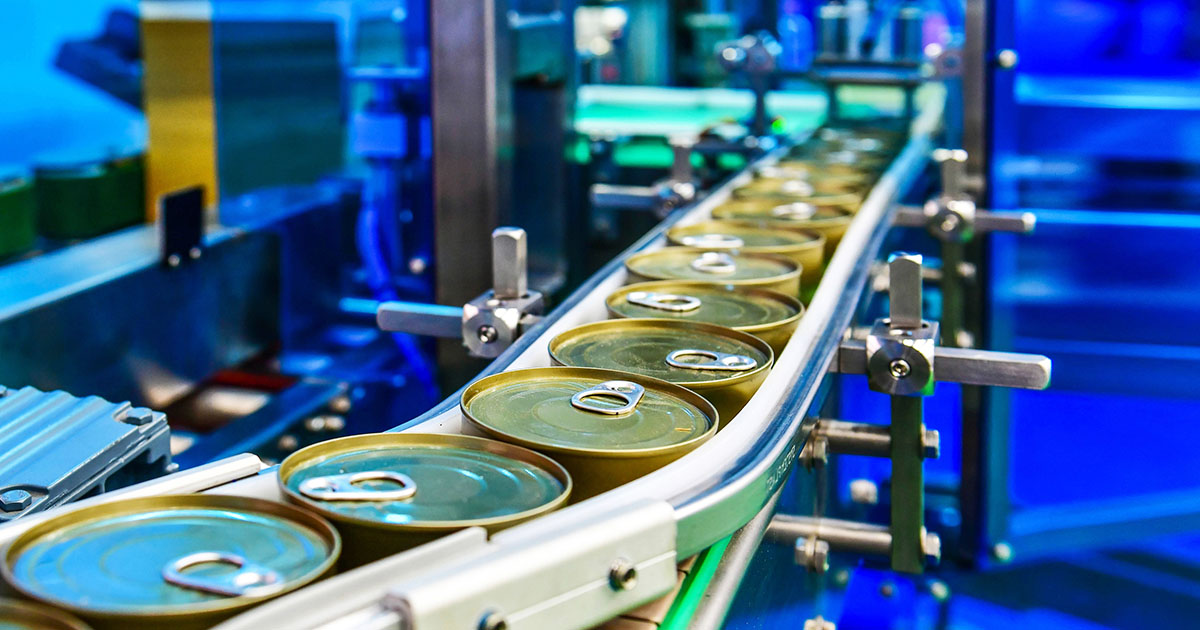The food processing industry is under constant pressure to maintain high standards of food safety, quality, and efficiency. One of the biggest challenges is maintaining precise temperature control throughout the production, storage, and transportation process. Wireless temperature sensors have become a game-changing solution, offering real-time monitoring, automated compliance reporting, and cost-saving benefits.
Why Temperature Monitoring is Critical for Food Processors
Temperature control is essential for food processors to:
- Prevent bacterial growth and contamination
- Meet food safety regulations such as HACCP and FDA requirements
- Ensure product quality and shelf life
- Reduce waste due to spoilage or improper storage
Traditional temperature monitoring methods, such as manual checks with thermometers, are time-consuming, prone to human error, and lack real-time alerting. Wireless temperature sensors solve these issues by providing continuous, automated monitoring with instant alerts for any temperature deviations.
Benefits of Wireless Temperature Sensors for Food Processing
1. Real-Time Monitoring & Alerts
Wireless temperature sensors continuously monitor critical points in food processing, including cold storage, cooking, and cooling zones. If temperatures go above or below set thresholds, the system sends immediate alerts via SMS, email, or app notifications, allowing quick corrective action to prevent spoilage or compliance violations.
2. Automated Compliance & HACCP Reporting
Food processors must comply with strict safety regulations such as:
- FDA Food Safety Modernization Act (FSMA)
- HACCP (Hazard Analysis and Critical Control Points)
- USDA and local health regulations
Wireless temperature monitoring systems automatically log temperature data and generate reports for audits, reducing paperwork and ensuring accurate, tamper-proof records.
3. Reducing Product Loss and Waste
Spoiled food due to temperature fluctuations can cost food processors thousands of dollars in lost inventory. Wireless sensors help prevent this by identifying potential issues before they result in waste, allowing processors to adjust cooling systems or fix equipment failures proactively.
4. Energy Efficiency & Cost Savings
By monitoring temperature trends, food processors can optimize their refrigeration and heating systems, reducing energy consumption. Early detection of issues such as open freezer doors, failing compressors, or inefficient cooling units can prevent costly repairs and downtime.
5. Easy Installation & Scalability
Unlike wired systems, wireless temperature sensors require no complex installation, making them ideal for food processing plants of all sizes. These systems can be easily scaled to monitor multiple locations, including:
- Refrigerated storage rooms
- Walk-in freezers
- Processing lines
- Transportation trucks

Talk with a Specialist
If you think it can’t be monitored, contact us, we might surprise you.
Use Cases of Wireless Temperature Sensors in Food Processing
Meat and Seafood Processing
Maintaining cold chain integrity is crucial for preventing bacterial growth in meat and seafood. Wireless sensors ensure proper cooling during storage and transportation, reducing the risk of contamination.
Dairy Processing
Dairy products, such as milk, cheese, and yogurt, require strict temperature control to maintain freshness. Wireless sensors help monitor pasteurization, cold storage, and transport conditions.
Baked Goods and Confectionery
Precise temperature monitoring is necessary for baking and chocolate production. Wireless sensors help maintain consistent temperatures during proofing, cooling, and storage to ensure product quality.
Frozen and Ready-to-Eat Foods
For frozen food manufacturers, temperature consistency is key to preventing thawing and refreezing cycles that degrade product quality. Wireless sensors provide real-time tracking of storage and shipping conditions.
The Future of Food Processing
Wireless temperature sensors are a must-have for modern food processors looking to enhance food safety, maintain compliance, and optimize efficiency. With real-time monitoring, automated reporting, and instant alerts, these sensors help prevent product loss, reduce operational costs, and improve overall food quality.
By investing in wireless temperature monitoring solutions, food processors can ensure that their products remain safe and high-quality while meeting industry regulations with ease.
Looking for a Reliable Wireless Temperature Monitoring Solution?
Swift Sensors offers advanced wireless temperature monitoring systems designed specifically for food processing applications. Contact us today to learn how our solutions can help you maintain compliance, reduce waste, and protect your products.
Stay in the Know with Swift Sensors
Sign up for the Swift Sensors newsletter to stay ahead in sensor technology. Get exclusive updates on industry trends, product releases, and special promotions. Elevate your knowledge and be part of our tech community. Signup now!



